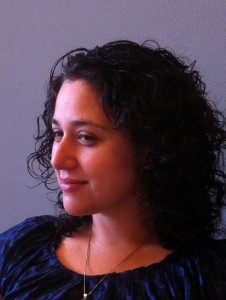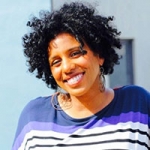
Tatiana Hernandez
Helping to Define a Sense of Place in Communities
Posted by Nov 09, 2011

Tatiana Hernandez
People have looked to the arts to help define their communities and create a sense of place for generations. So, why are we so excited about creative placemaking today?
Perhaps it has something to do with context. In this digital world, many are reexamining the fundamental nature of “community” and our relationship to place. We now know, based on findings from the Knight Soul of the Community report, that social offerings, followed by openness and aesthetics explain why we love where we live. What does that tell us about the essential importance of our connection to place?
“Vibrancy” is popping up as a way of describing the intangible nature of a neighborhood’s character. Here are three projects working to help define a sense of place in each of their communities:
Philadelphia has a strong tradition of mural work, and thanks to Mural Arts, artists and residents continue to come together to help define “home.” As part of their Knight Arts Challenge project, Mural Arts brought two Dutch artists, Haas&Hahn, to North Philadelphia to live, work, and engage the community around a large-scale mural that will span several blocks of Germantown Avenue.
Read More













